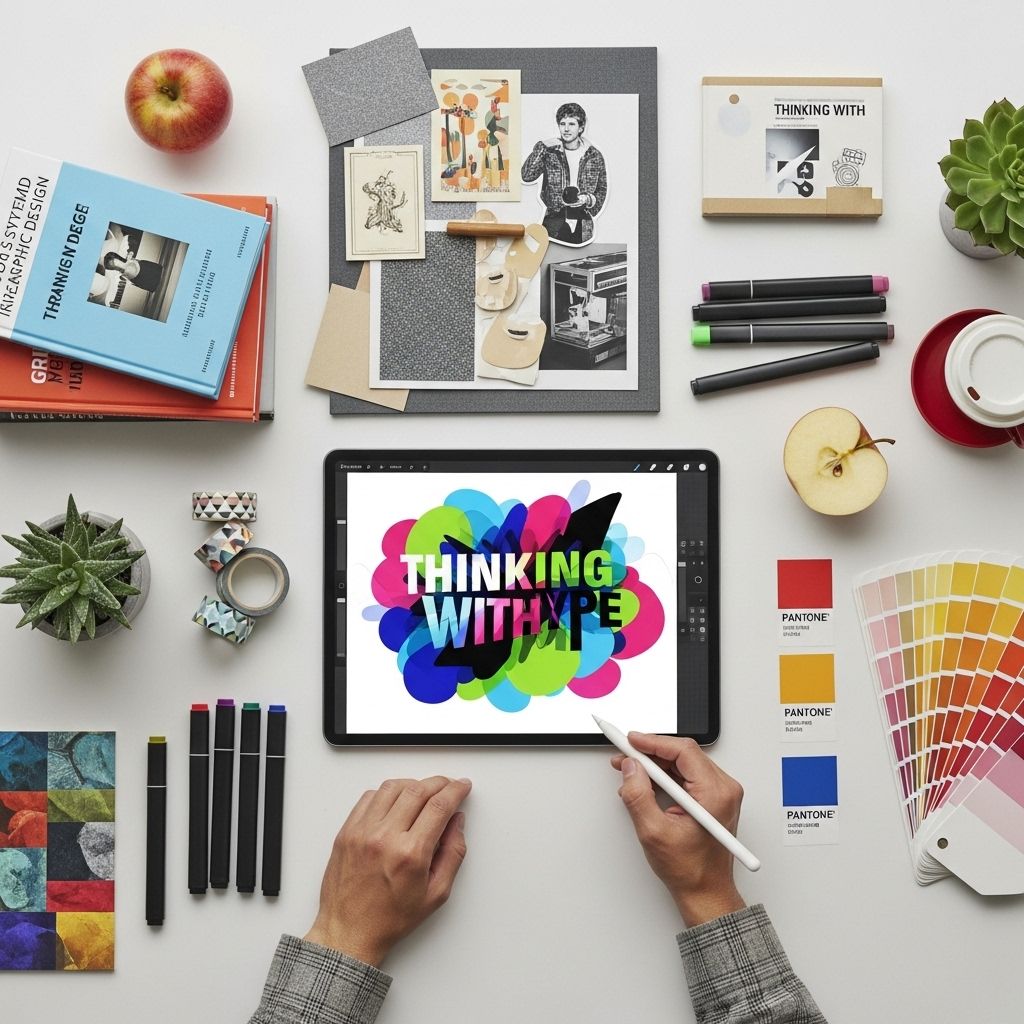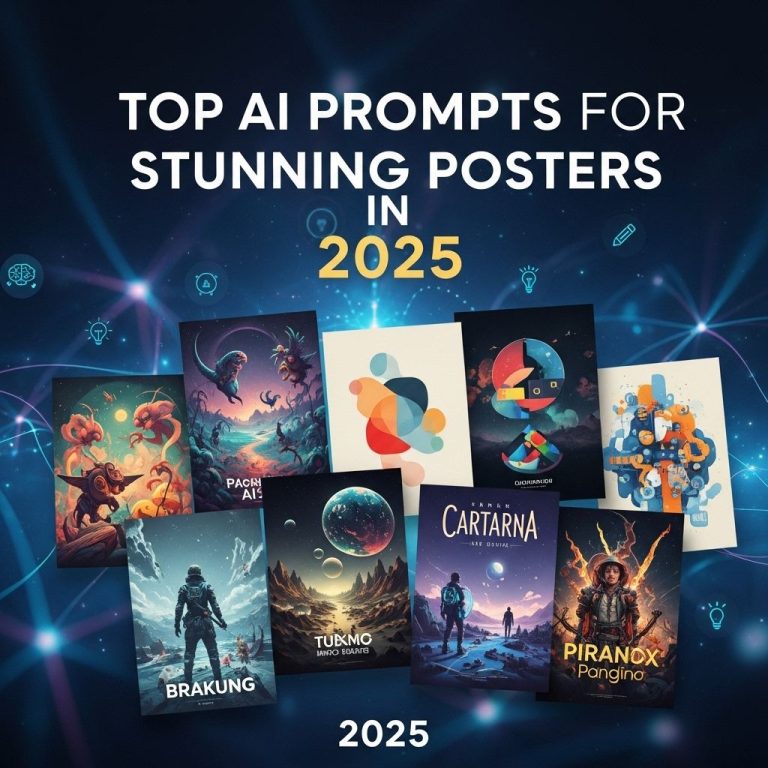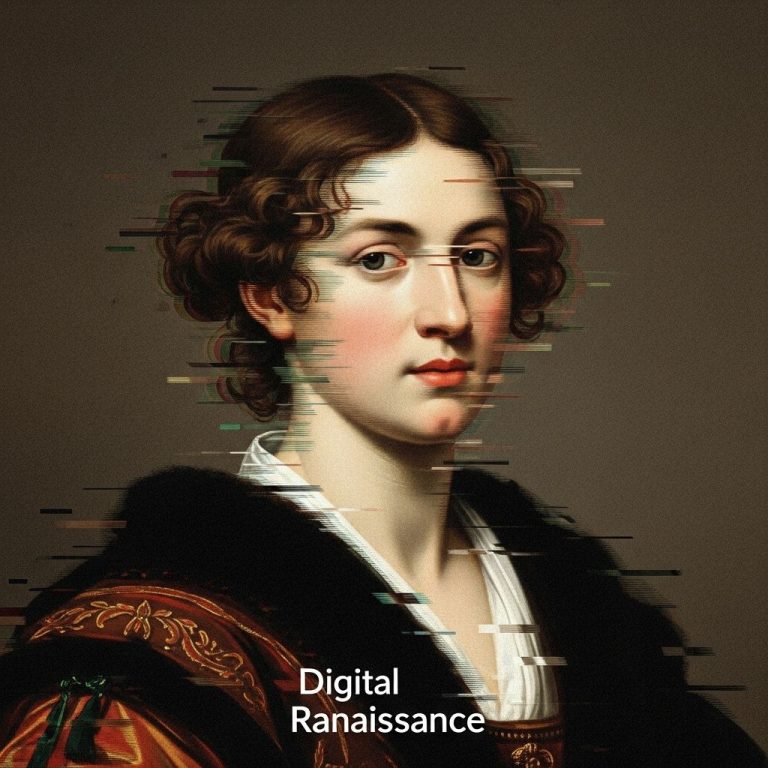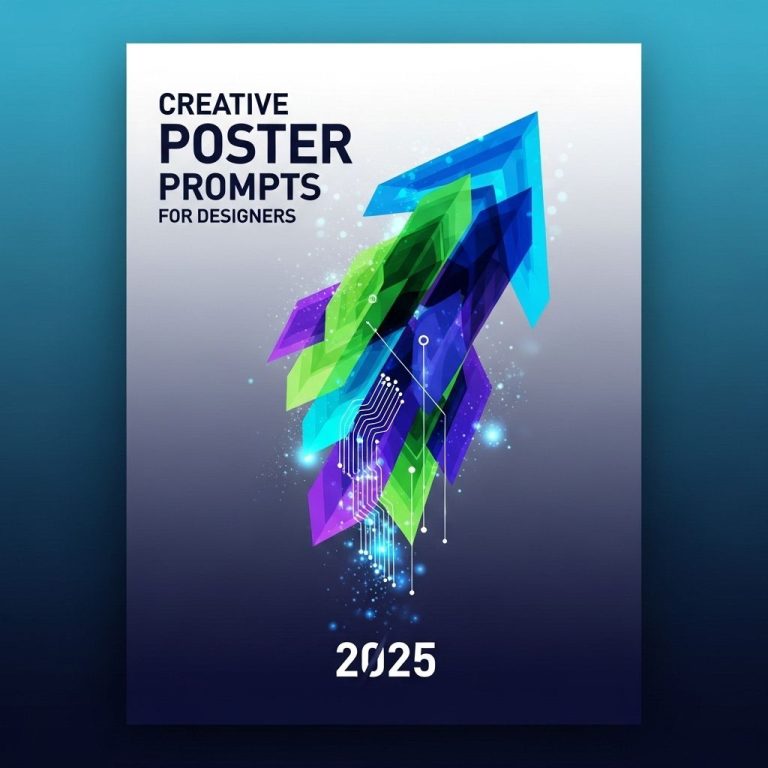In the ever-evolving world of graphic design, creativity is the currency that drives innovation. As designers, we are constantly searching for fresh ideas and unique ways to express concepts visually. This article will explore various innovative composition techniques that can enhance your graphic design projects and differentiate your work in a competitive landscape.
Understanding Composition in Graphic Design
Composition refers to how elements are arranged within a piece of design. Good composition creates a harmonious relationship between these elements, guiding the viewer’s eye and creating a visual narrative. Here are some key principles of composition that every graphic designer should consider:
- Balance: Refers to the distribution of visual weight in a design.
- Contrast: The juxtaposition of different elements to highlight differences and draw attention.
- Alignment: The arrangement of elements in relation to each other and the overall layout.
- Repetition: The use of similar elements throughout the design to create cohesiveness.
- Proximity: Related elements should be placed close together to establish a relationship.
Innovative Techniques for Compositions
Now that we have a foundational understanding of composition, let’s explore some innovative techniques that can enhance your designs.
1. Layering and Transparency
Using layers and transparency can create depth and intrigue in your compositions. Consider the following:
- Overlay images or shapes with varying transparency levels to add dimension.
- Experiment with blending modes to achieve unique effects that enhance visuals.
2. Dynamic Grids
Instead of relying on traditional grid systems, experiment with dynamic grids that adapt to the content. Techniques include:
- Using asymmetrical layouts to create interest.
- Implementing modular grids that rearrange elements based on screen size or orientation.
3. Minimalism and Whitespace
Sometimes, less is more. Embracing minimalism can lead to powerful compositions. Here are some strategies:
- Utilize ample whitespace to draw attention to key elements.
- Focus on a single powerful image or idea rather than overcrowding the design.
Color and Typography Integration
Color and typography are integral to composition. The synergy between these elements can dramatically alter the effectiveness of your design.
Choosing a Color Palette
Your color palette should evoke the desired emotional response while maintaining harmony. Consider the following methods:
| Color Scheme | Description |
|---|---|
| Complementary | Two colors opposite each other on the color wheel. |
| Analogous | Three colors next to each other on the color wheel. |
| Triadic | Three colors evenly spaced around the color wheel. |
Typography as a Visual Element
Typography can serve as a key visual element in your designs. Here are some tips:
- Combine different font weights and styles to create hierarchy.
- Use typography to lead the eye through your design, ensuring a logical flow.
Incorporating Photography and Illustration
Combining photography and illustration can create unique compositions that tell a story.
Blending Techniques
To effectively blend these two mediums, consider:
- Overlaying illustrations on photographs to create narrative layers.
- Using illustrations to complement or enhance photographic elements.
Custom Illustration Styles
Developing a unique illustration style can help your designs stand out. Consider:
- Creating a signature style that aligns with your brand or personal aesthetic.
- Experimenting with various illustration techniques, such as flat design, 3D models, or hand-drawn elements.
Exploring Conceptual Compositions
Diving deeper into conceptual compositions can yield powerful designs.
Visual Metaphors
Using visual metaphors can help convey complex ideas succinctly. Try these strategies:
- Identify the core message you want to communicate.
- Think of symbols or images that can represent this message metaphorically.
Storytelling through Sequence
Creating a narrative through a sequence of images or elements can engage audiences effectively:
- Use a series of images to guide viewers through a story or process.
- Employ transitions and animations in digital designs to enhance storytelling.
Final Tips for Creative Composition
As you explore these innovative composition ideas, keep these final tips in mind:
- Always start with a clear objective for your design.
- Sketch out your ideas before diving into digital creation.
- Seek feedback from peers or clients to gain fresh perspectives.
- Stay updated with industry trends but ensure your voice remains unique.
In conclusion, innovative composition is an essential skill for graphic designers looking to make an impact. By experimenting with layering techniques, dynamic grids, color theory, and incorporating photography and illustration, you can create compelling designs that stand out in any portfolio. Remember, the best compositions are not just visually appealing; they also tell a story and resonate with the audience—so let your creativity flow and watch your designs come to life.
FAQ
What are some innovative composition techniques for graphic designers?
Graphic designers can experiment with asymmetrical balance, layering elements, and using negative space creatively to enhance their compositions.
How can color theory improve graphic design compositions?
Understanding color theory allows graphic designers to create harmonious palettes that evoke emotions and draw attention, improving overall composition.
What role does typography play in graphic design composition?
Typography is crucial in graphic design as it influences readability and visual hierarchy, helping to guide the viewer’s eye through the composition.
Can you suggest ways to incorporate storytelling in graphic design?
Graphic designers can use visual narratives, sequential layouts, and character-driven imagery to tell a story and engage the audience in their compositions.
What are some tools or software that can enhance composition skills for graphic designers?
Tools like Adobe Illustrator, Canva, and Figma provide features that help graphic designers explore composition through templates, grids, and design elements.
How important is user experience (UX) in graphic design composition?
User experience is vital as it ensures that compositions are not only visually appealing but also functional and easy to navigate for the audience.




